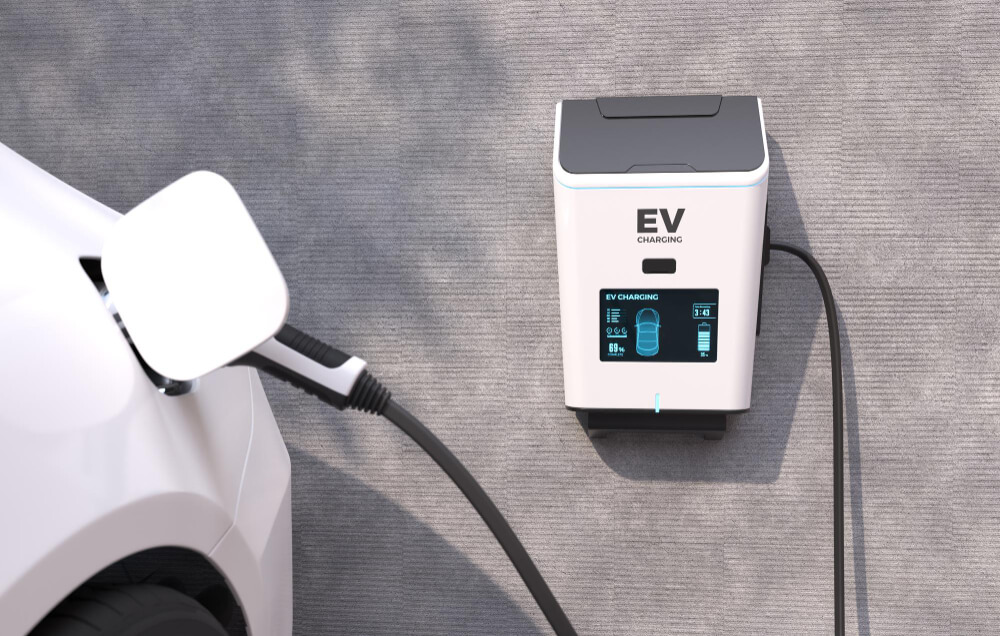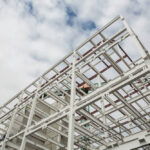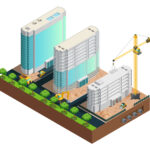How Steel Supports Keep EV Chargers Safe and Secure

As electric vehicle (EV) adoption accelerates across the U.S., infrastructure development is racing to catch up. From passenger vehicles to public transportation, including school buses, reliable and safe EV charging systems are becoming a top priority. Behind the scenes, one element is often overlooked but absolutely critical steel supports.
Steel structures play a major role in protecting EV charging units from environmental exposure, physical damage, and operational wear. Whether you’re setting up chargers in public parking lots, transit depots, or school facilities, incorporating high-quality steel supports is essential for long-term reliability and safety.
Why Steel Matters in EV Infrastructure
EV charging stations involve more than just power connections. They house expensive equipment that must be shielded from harsh weather, vehicle collisions, and tampering. Steel support structures — including bollards, frames, protective canopies, and mounting posts — ensure the charger units remain upright, safe, and operational in all conditions.
In high-traffic areas like school parking lots or bus depots, these supports serve as both physical protection and foundational stability for each unit. They help maintain proper alignment of connectors, prevent damage from accidental vehicle contact, and offer a long-lasting solution that resists corrosion and wear.
Supporting School Bus EV Charger Installation
With the nationwide push toward cleaner transportation, school districts are increasingly investing in school bus EV charger installation. These systems often require multiple charging points, larger electrical loads, and additional protective elements compared to standard passenger vehicle chargers.
Steel support systems offer a reliable solution to handle the size, weight, and power needs of these installations. From custom-fabricated mounting frames to heavy-duty bollards and platforms, steel keeps the infrastructure safe — not just for the chargers but for the staff and students moving through the area every day.
At Patalan650.com, our team has decades of experience in custom steel fabrication and installation for complex industrial and utility projects. We provide tailored solutions for EV charging structures, ensuring each component meets safety standards while withstanding daily usage and environmental stress.
Customization for Any Charging Environment
No two EV charging locations are alike. Factors like space availability, exposure to elements, traffic patterns, and charger type must all be considered. Steel can be cut, shaped, and welded into any form — from wall-mounted brackets to full overhead canopies — making it the ideal material for customized protective structures.
In large-scale facilities, especially those involving school bus EV charger installation, spacing and layout become even more important. Our team at Patalan “650” Mechanical can fabricate and install frames that optimize space usage while maintaining strong safety barriers around electrical components.
Built to Last, Built for Safety
When you’re installing infrastructure meant to last for decades, you can’t afford to cut corners. Steel is one of the few materials that checks all the boxes — strength, weather resistance, low maintenance, and cost-effectiveness. Combined with precision fabrication and expert installation, it becomes a powerful asset in the move toward electrification.
Patalan “650” offers more than just fabrication — we deliver full-service solutions from design and planning to installation and maintenance. We understand the technical demands and safety concerns involved in modern EV infrastructure, and we’re ready to meet them head-on.
Power Up Your EV Projects with Confidence
If you’re planning EV charger installations for commercial, industrial, or educational facilities, make steel supports part of your infrastructure plan. At Patalan650, we specialize in providing durable steel solutions tailored to high-demand environments, including EV charging setups for public transit and school systems.
Let’s work together to build cleaner, safer, and more reliable infrastructure for the future.



